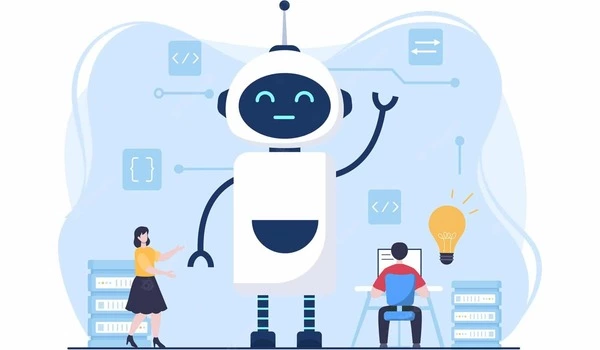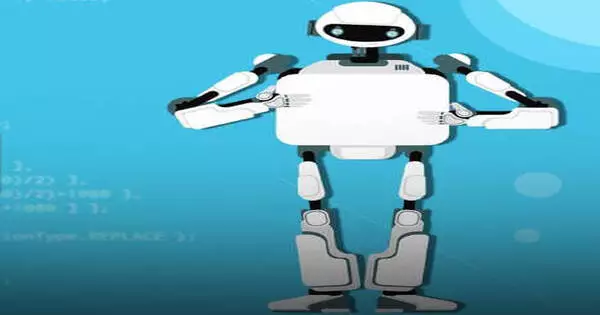Robots can be programmed to provide personalized support to students with different learning needs. For example, a robot can remind a student with attention deficit hyperactivity disorder (ADHD) to stay on task, provide visual or auditory cues to help them focus, and offer positive feedback for completing tasks.
In addition, robots can also provide a non-judgmental and supportive learning environment, which can be particularly helpful for students who struggle with anxiety or self-esteem issues. By providing a safe and supportive environment, robots can help students feel more comfortable and confident in their learning.
Engineering researchers at the University of Waterloo are successfully using a robot to help keep children with learning disabilities focused on their work. This was one of the key findings in a new study, which also discovered that both the students and their teachers valued the positive classroom contributions made by the robot.
“There is definitely a great potential for using robots in the public education system,” said Dr. Kerstin Dautenhahn, an electrical and computer engineering professor. “Overall, the findings suggest that the robot has a positive effect on students.”
There is definitely a great potential for using robots in the public education system. Overall, the findings suggest that the robot has a positive effect on students.
Dr. Kerstin Dautenhahn
Dautenhahn has been working on robotics in the context of disability for many years and incorporates principles of equity, inclusion, and diversity in research projects. Students with learning disabilities may benefit from additional learning support, such as one-on-one instruction and the use of smartphones and tablets.
Educators have recently investigated the use of social robots to assist students in learning, but their research has primarily focused on children with Autism Spectrum Disorder. As a result, little research on the use of socially assistive robots for students with learning disabilities has been conducted.
Dautenhahn decided to change this, along with two other Waterloo engineering researchers and three experts from the Learning Disabilities Society in Vancouver, by conducting a series of tests with a small humanoid robot called QT.

According to Dautenhahn, the Canada 150 Research Chair in Intelligent Robotics, the robot’s ability to perform gestures with its head and hands, as well as its speech and facial features, makes it ideal for use with children with learning disabilities.
Using promising previous research as a foundation, the researchers divided 16 students with learning disabilities into two groups. In one group, students worked solely with an instructor. Students in the other group worked one-on-one with an instructor and a QT robot. In the latter group, the instructor used a tablet to direct the robot, which then autonomously performed various activities using its speech and gestures.
While the instructor directed the sessions, the robot took over at times when the instructor triggered it to guide the student. Aside from introducing the session, the robot established goals and, if necessary, self-regulating strategies. If the learning process was getting off-track, the robot used strategies such as games, riddles, jokes, breathing exercises, and physical movements to redirect the student back to the task.
According to Dautenhahn, students who worked with the robot “were generally more engaged with their tasks and could complete their tasks at a higher rate compared” to students who did not work with a robot. Further research with the robot is being planned.





